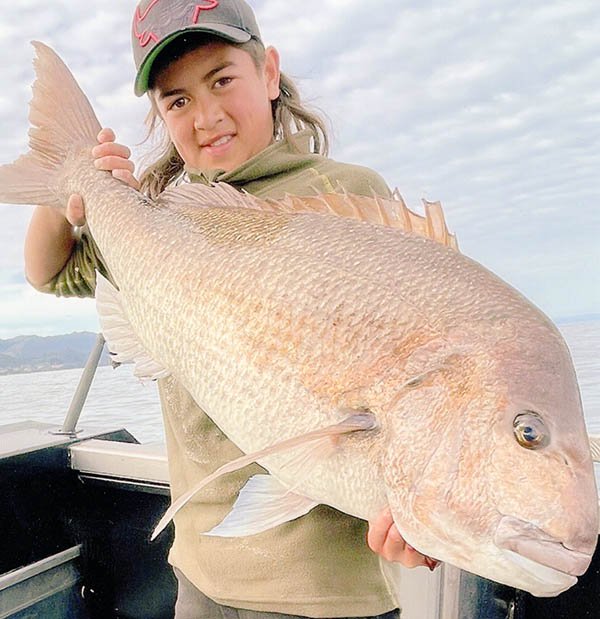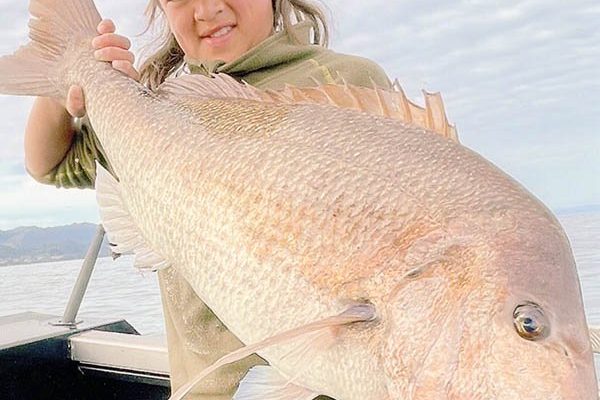
So, can humans really interact safely with these fascinating creatures? The short answer is yes, but it comes with some important conditions. Just like you wouldn’t jump into a wrestling match with a tough friend without a plan, you’ll want to approach interactions with snappers thoughtfully. In this article, we’ll explore the ins and outs of safely interacting with snappers, the risks involved, and tips to make those encounters as smooth as possible.
Understanding the Snapper
Snappers are marine fish that belong to the Lutjanidae family and are found in warm waters across the world. Known for their vibrant colors and formidable teeth, snappers can be a sight to behold. They’re not just pretty; they’re also quite smart and have a fascinating social structure within their schools. Imagine a group of friends who not only stick together but also protect each other. That’s how snappers operate in the wild.
These fish are often sought after for their taste, making them popular in fishing communities. However, their impressive jaws can also make them dangerous if not handled correctly. The way they snap their jaws closed is quick and powerful, much like a bear trap. This means that understanding their behavior is crucial if you’re considering an interaction, whether you’re fishing or just observing.
Why Interacting with Snappers Can Be a Risk
You might think that getting up close with wildlife is just part of the thrill, but there are some risks involved. Snappers can be territorial, especially during breeding season, and they may react aggressively if they feel threatened. Here’s the thing—if you get too close too quickly, they might see you as a predator and bite.
Additionally, their sharp teeth aren’t just for show. A snap from a hungry snapper can cause serious injury. Therefore, knowing how to respect their space while trying to interact is essential for both your safety and the fish’s well-being. Just like you’d respect a friend’s boundaries, you need to do the same with snappers.
Common Risks Involved with Snappers
- Bites and Injuries: Their powerful jaws can lead to bites that may require medical attention.
- Loss of Gear: If fishing, snappers can break lines and steal bait, adding frustration to your trip.
- Environmental Factors: Snapper habitats can include rocky areas where you can easily slip or hurt yourself.
Safe Practices for Interacting with Snappers
If you’re keen on interacting with snappers, safety should always be your first priority. Here are some tips to make your encounters safer and more enjoyable. Think of these as your friendship guidelines with the snapper.
Start by observing from a distance. Watching their behavior without getting too close allows you to gauge their mood. If you see them being aggressive or territorial, it’s best to back off. You wouldn’t want to approach a friend who seems upset, right? The same principle applies here.
Next, when fishing or snorkeling, wear appropriate gear. If you’re fishing, consider using heavy-duty fishing gear designed to handle their strength. If you’re snorkeling, wearing protective gear can help avoid bites if you get too close. Just like a helmet for biking, it’s about being prepared.
Gear and Equipment Recommendations
- Heavy-Duty Fishing Lines: Use stronger fishing lines that can withstand snaps.
- Protective Gear: Consider wearing gloves while handling snappers.
- Snorkeling Equipment: A wetsuit can help protect against bites and scrapes.
When to Avoid Interacting with Snappers
Knowing when to stay away is just as important as knowing how to interact. Certain conditions can make snappers more likely to act defensively. For example, during their breeding season, snappers can become extremely territorial. If you notice a lot of aggressive behavior among the fish, it’s best to give them their space.
Also, if you’re in murky waters, visibility becomes limited. You may not see what you’re getting close to, which poses risks not just with snappers but with other aquatic life. Always prioritize your safety and remember, it’s perfectly fine to admire from afar.
Signs of Aggression to Watch For
- Defensive Postures: If a snapper starts displaying aggressive body language, like flaring its fins.
- Rapid Movement: Quick, darting movements may indicate a snapper that feels threatened.
- Chasing Behavior: If a snapper starts to chase you away, it’s a clear signal to back off.
Benefits of Respectful Interaction with Snappers
Interacting with snappers can offer several benefits when done safely. For many, these experiences create a deeper appreciation for marine life. Observing their behaviors and interactions can teach you a lot about their role in the ecosystem. Plus, there’s a certain thrill that comes from close encounters with wildlife.
Engaging with snappers also promotes responsible practices among fishermen and snorkelers. By understanding their behaviors and habitats, we can help protect these amazing creatures and their environments. It’s like being part of a larger community where everyone respects each other—both humans and snappers.
How to Foster a Respectful Relationship
- Education: Learn more about snapper behavior and ecology.
- Responsible Fishing: Follow regulations to help preserve snapper populations.
- Community Awareness: Share your experiences to inform and educate others.
So, can humans interact safely with the snapper? Absolutely, but it requires respect, understanding, and a bit of caution. By taking the time to learn about their behaviors and habitats, and by following safe practices, you can have a rewarding experience with these incredible fish. Just remember—snappers, like any wildlife, have their ways of doing things, and understanding them is key to a safe and enjoyable interaction. Next time you see a snapper, think about that tough friend; you can certainly hang out, but it’s important to know when to keep your distance.

